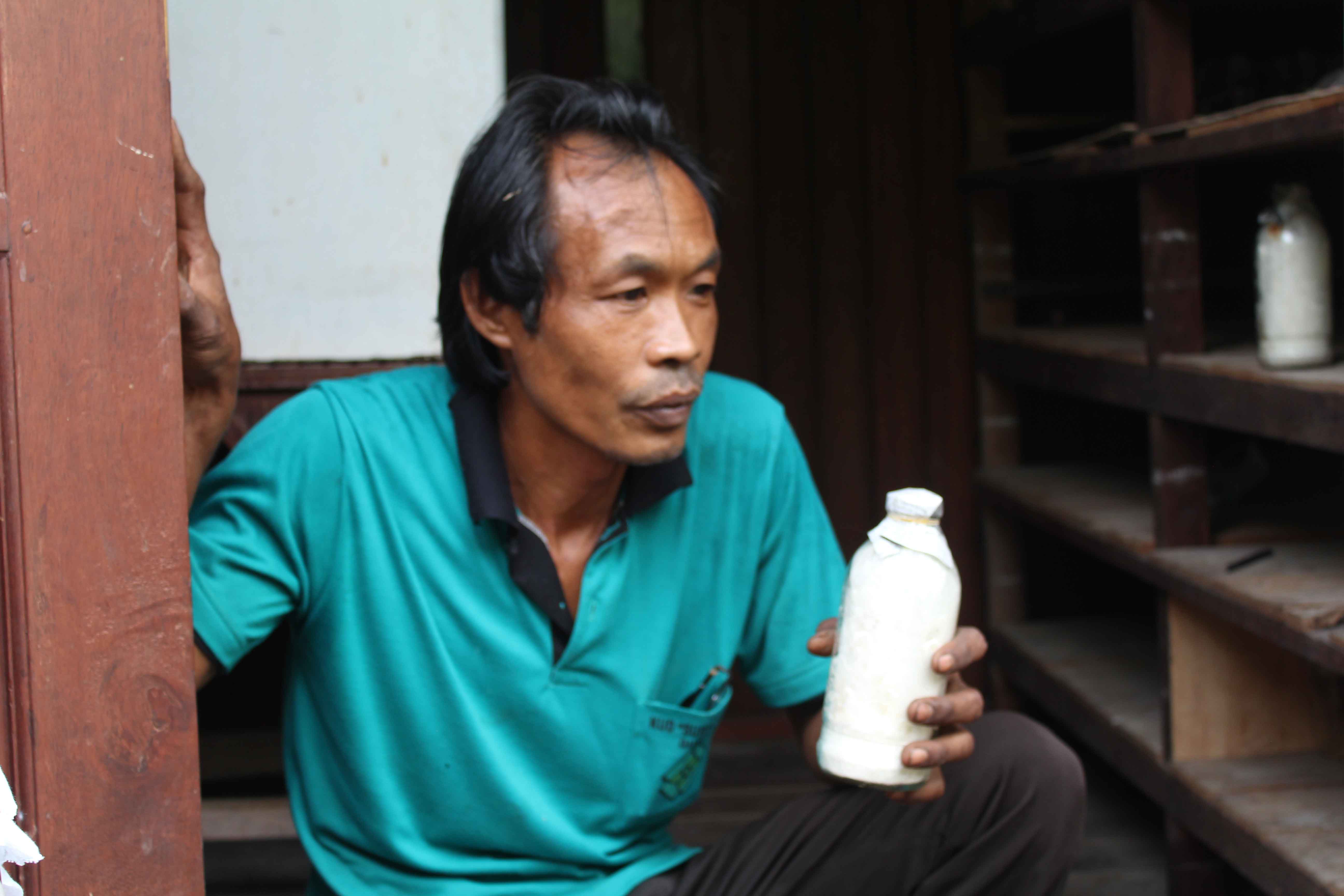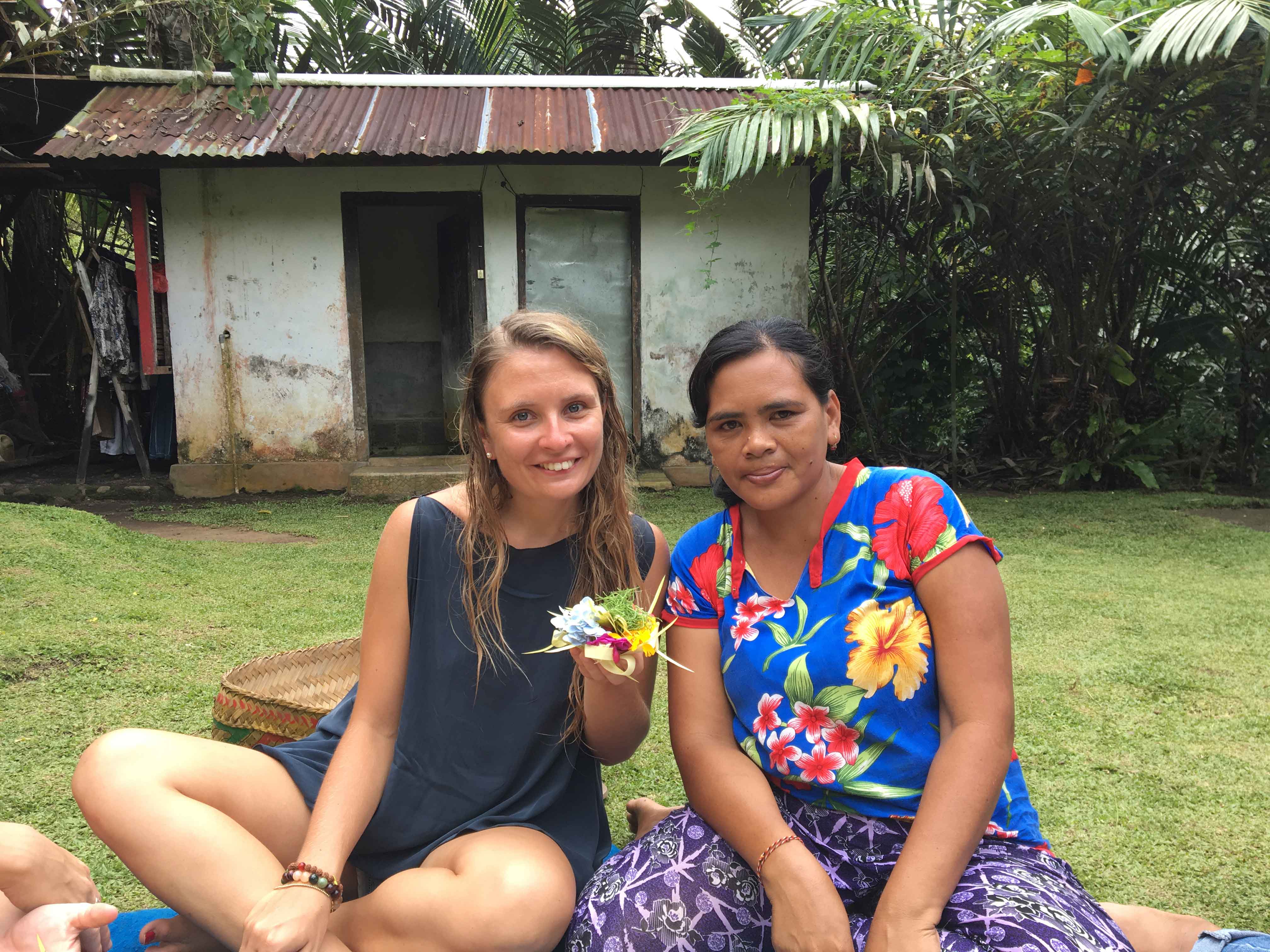In my daily activities and talking to people around me, I came across the concept of emotional intelligence. I had never really thought about it and how it is actually a great skill for marketers. This post is all about emotional intelligence in marketing and why and how to take it into consideration.
First of all, some definitions
According to the Oxford Dictionary, emotional intelligence is “The capacity to be aware of, control, and express one’s emotions, and to handle interpersonal relationships judiciously and empathetically.” It has 3 important components, the awareness, the management and the ability to apply emotions in an optimal way when interacting with others. The last part is especially interesting when it comes to marketing because it helps to create a message that really applies to one’s audience and speaks to their hearts.
But what is emotional intelligence concretely? What are some of its specific skills?
Curiosity: about the world but also about other people, especially if strangers. This is because of greater empathy and genuine care about others.
Self-awareness: emotional intelligent people are not only able to understand somebody else’s feelings, they are also great in recognizing their own and usually in a deeper way.
Self-motivation: internal goals, interests and values are what really drives emotional intelligent people, more than external factors such as promotions and rewards.
Empathy: understand other people’s needs and points of view is one of the key aspects of emotional intelligence.
How to develop your emotional intelligence in marketing
If you think you lack at emotional intelligence, there are good news: you can develop it! Here’s how you can do it in marketing.
Empathy with your customers
Put yourself into their shoes, think and understand their preferences and ways. A good starting point is to interpret the data from your marketing automation platforms; what do they say about your customer’s lives? To get even deeper, try to listen to your audience, there are plenty of ways for you to get messages from your audience, such as comments on social media. You can use tools such as Hootsuite to have an overview on hot topics and conversations people might have about your brand on social media.
Address your customers in a personalised way
After you got the insights on your target, it’s time to build a relationship with them. Use messages that apply to them, tell stories that inspire them and speak to their hearts. The better and more personalised conversations you have with your customers, the easier they will convert.
Add value
It’s not just about communicating in the right way, it’s also what you say to them. Adding value before even mentioning the sale will bring you closer to your goal. Because they will understand why they should buy it, what makes it different and special, what problems will it solve for them. You will have created a need in their mind. I think in this sense, it’s also great if you use some storytelling to clearly express your brand’s values. People will love to see that you are trying to make the world better. We will talk more extensively about storytelling in the next paragraph.
Learn from the past and be ambitious
Check the data from your past campaigns. Interpret them and assess what worked and what didn’t. This will help you reshaping your strategy accordingly. And then dare, use your creativity to find new ways to tell a message. Your ambition will help you making a greater impact!
Emotional intelligence and storytelling
As we mentioned before, one of the applications of emotional intelligence is storytelling. This technique is probably one of the most human ones as it has been in use for thousands of years to pass knowledge and memory. An effective storytelling can have very good effects on your audience and if you apply it to marketing, it will help increase your sales. From a scientific point of view this is because it can release some hormones that will make us feel more excited and focused on something. If we are able to induce those positive emotions about our products and brands, people will be keener to convert.
But what does this mean concretely? On this regard, I found a very inspiring TEDx Talk in Stockholm by coach and communication expert David JP Phillips. While talking about the positive effects of storytelling, Phillips makes an experiment with his audience inducing dopamine, oxytocin and endorphin by telling stories.
Dopamine: increases focus, motivation and memory. It is built with suspense, launching a cliff-hanger and through expectations on what will come next. In general, all storytelling creates it per definition as it is a sequence of events and the audience knows there is always something that will come next.
Oxytocin: fosters enhanced generosity, trust and bond, as it makes people feel more human and relaxed. It can be induced in storytelling by creating characters and situations the audience can relate to, making them empathetically connected to that story.
Endorphin: makes people feel more creative, relaxed and focused. It is induced by making people laugh.
To apply this to your marketing strategy, create the stories and consider which hormone they could induce in your audience. Then think at your customers and understand which type of story is better according to the situation or the message you want to convey. For instance, if you want to be perceived as a fun and creative brand, tell a story that makes them laugh, to produce endorphin. If, on the other hand, you want to show a very social responsible and committed brand, try to tell a very emotional story about a situation and character they can relate to. They will feel empathetic as a fair amount of oxytocin is released. Phillips calls this functional storytelling, and it means indexing the stories according to the specific hormone that will be induced and sharing them in the most appropriate occasions.
Do you have questions about emotional intelligence and storytelling? Send me an email at mail@annafranchi.com or leave a comment below!


































